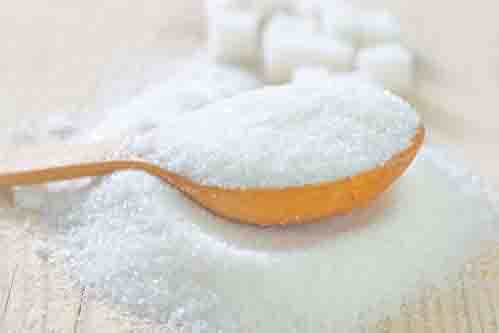According to a first of its kind global report on diabetes, released by the World Health Organisation (WHO) to commemorate World Health Day, the world has seen a nearly four-fold increase in diabetes over the last 25 years, with the condition affecting 1 in 11 people, globally. While type 1 diabetes is genetic in nature, and caused by other factors, not necessarily sugar, the report goes on to add that the rising consumption of sugary drinks and fattening food, along with inactivity, are major contributors to type 2 diabetes.
Where, while cigarettes and alcoholic beverages have labels on them warning consumers of the dangers of smoking and excessive drinking, sugar-sweetened beverages and processed food do not have any such health warnings. Hence, people, especially children, end up consuming these beverages and food items without realising the amount of sugar that they are actually taking in, and the harmful effects of all that sugar in the body.
As per the WHO, the recommended maximum amount of sugar that a normal person can consume is an average of 20-25g a day (five-six teaspoonfuls) in all forms. For diabetic patients, it has to be as low as possible – preferably nill. But, most people go beyond the recommended daily average, and this, according to research, can be as dangerous as consuming alcohol or tobacco.
The dangers of excessive sugar intake
In a 2014 Australian documentary titled That Sugar Film, the director Damon Gameau embarks on a high sugar diet in order to document the harmful effects it has. For the experiment, Gameau stays away from the regular sugar ridden candies, soft drinks and ice cream, and follows a diet which is otherwise percieved to be normal and healthy – eating food items such as nutrition bars, cereals, low fat yogurt and juices. Over the course of the two month experiment, he ends up consuming around 40 spoons of sugar a day. Gameau puts on around 9 kilos, and 4 inches around his waist, and goes down the path of self destruction, developing initial stage fatty liver disease at one point.
Apart from causing weight gain, the effects of added sugar are deadly. Unlike other carbohydrates such as potatoes and rice, which contain starch – polymers of monosaccharide glucose – added sugar contains both glucose and fructose. While glucose is vital and is produced by the body, fructose is not produced by the human body, and is not required. It is also metabolised only by the liver. When we consume food which contains large amounts of fructose, the liver gets overloaded, and converts it into fat.
Research has found that excessive sugar consumption also leads to elevated insulin levels in the body, which can fuel the growth of certain kinds of cancers such as breast and colon cancer. A 2013 study conducted over the course of 15 years, by the American Medical Association’s journal of Internal Medicine (JAMA Internal Medicine) also found out that participants who took in 25 percent more of their daily calories as sugar, were twice as likely to die of heart and other diseases, than those who consumed less.
While the jury is still out on whether fructose is actually harmful or not, a 2012 study published in the journal Nature, found that excessive glucose and fructose consumption can have the same harmful effects on the liver, as ethanol – contained in alcoholic beverages – and can cause non-alcohlic fatty liver disease. Some studies also state that excessive consumption of fructose, which is derived from sugar cane, honey and fruits, has been linked to obesity, insulin intolerance, elevated LDL cholestrol, and cardiovascualr diseases
So, what are the alternates?
While sugar in any form is not healthy, rather than opt for the white refined version, which is extremely addictive and harmful, it is better to opt for natural alternatives, instead. Diabetic patients should, however, stay away forms of sugar, as much as possible.



